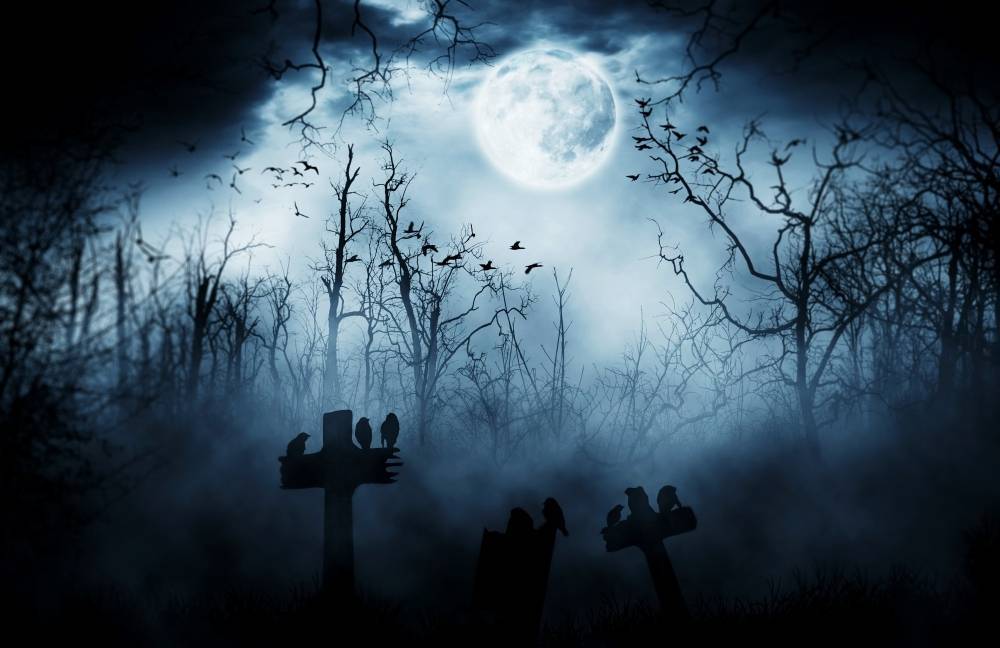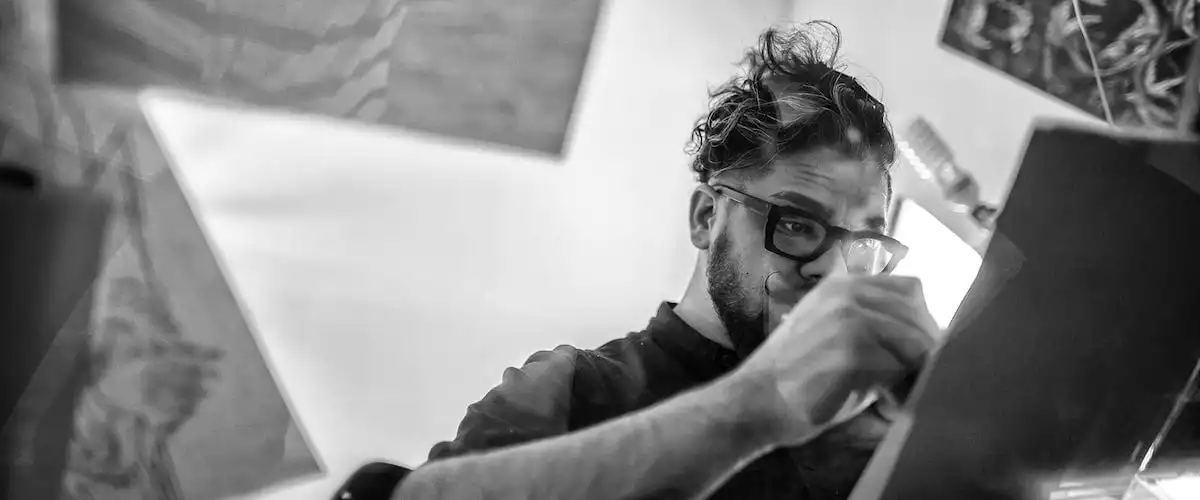Bram Stoker’s novel Dracula was published in 1897, and it brought to life the most famous vampire character in world literature. Although the figure of Dracula was born from the writer’s fantasy, Bram Stoker’s inspiration was a real person. He modeled his main character about III. Vlad, aka Vlad Tepes (Vlad the Impaler).
III. Vlad ruled as voivode of Wallachia in the 15th century. He was born in the Sighisoara medieval citadel in 1431 and died in Bucharest at the age of 45. His older brother, Vlad Mircea, born in 1427, his younger brother, III. Radu the Handsome, born in 1437. Although Vlad’s homeland was Wallachia, he lived with his family in Transylvania, as his father was chased away from the country by the pro-Ottoman boyars. It is believed that one of the medieval buildings in the Sighisoara medieval citadel was his birthplace.
Although the house was presumably built later than Vlad Tepes was born, it nevertheless became a real pilgrimage site for tourists, as other castles in Transylvania, for example the Bran Castle, which is marketed as the home of the title character in Bram Stoker’s Dracula.
Vlad was referred to as Dracula in many contemporary writings. Vlad was also referred to as the Prince of Darkness. The name Dracula was inherited from his father II. Vlad. II. Vlad lived in the court of King Sigismund of Hungary and became a knight, then in 1431 in Nuremberg he received from Sigismund the title of voivode of Wallachia and became member of the Order of the Dragon („dracul” meant „dragon” in old Romanian language).
The young Vlad Ţepeş first lived in the court of John Hunyadi, voivode of Transylvania, and with his help Vlad became voivode of Havasaföld in 1456.
He sat on the throne of Wallachia three times: in 1448, between 1456 and 1462, and in 1476 (for about a month). Vlad the Impaler was most famous for his cruel actions. The name „impaler” was given to him because he punished any crime, such as theft too, with torture and execution. Impalement was his favorite method of execution, and his favorite torture methods included hanging alive and mutilation. In 1462, Sultan II. Mehmed attacked the capital of Wallachia, Târgoviște. When he was „greeted” by the sight of 20,000 Turks who had previously been impaled, he immediately retreated.
Țepeș also impaled hundreds of Transylvanian Saxon merchants, burned their villages, and did not spare the women and children either. It is no wonder that horrifying legends have sprung up about him in German-speaking areas. A Saxon poet, Michel Beheim wrote in his piece entitled The Mad Reign of Voivode Dracula, that Țepeș often ate bread dipped in the blood of his victims. From the 1470s onwards, Tepes’s atrocities were published in German prints; in some copies, it was discussed that he fed the flesh of babies to their own mothers.
Although he strengthened his relationship with King Matthias of Hungary in 1460 and destroyed a merciless number of Turkish soldiers with his troops using the cruelest possible methods, the king still captured and imprisoned his former ally. Tepes is said to have angered King Matthias by trying to enter into an alliance with the Turks. According to historians, it is more likely that the reason was that Radu, Vlad’s younger brother, had an agreement with Matthias in 1462, according to which he get the throne of Wallachia.
After Vlad Tepes was imprisoned by King Matthias for 12 years, (by the way, his wife was Jusztina Szilágyi, one of King Matthias’s cousins), he would have returned to the Wallachian throne for the third time, but he was murdered – probably by the boyars of the opposing party. Although the circumstances of Vlad’s death are unknown, several sources report that his head was stored in honey and transported to Constantinople, where it was displayed on a watch.
By the way, Bram Stoker never visited Transylvania, although a significant part of his novel, the foundation of the Dracula myth, takes place in Transylvania. But in 1890, he met the Hungarian professor and orientalist Ármin Vámbéry, who told him for the first time about the legend of the Wallachian voivode.








